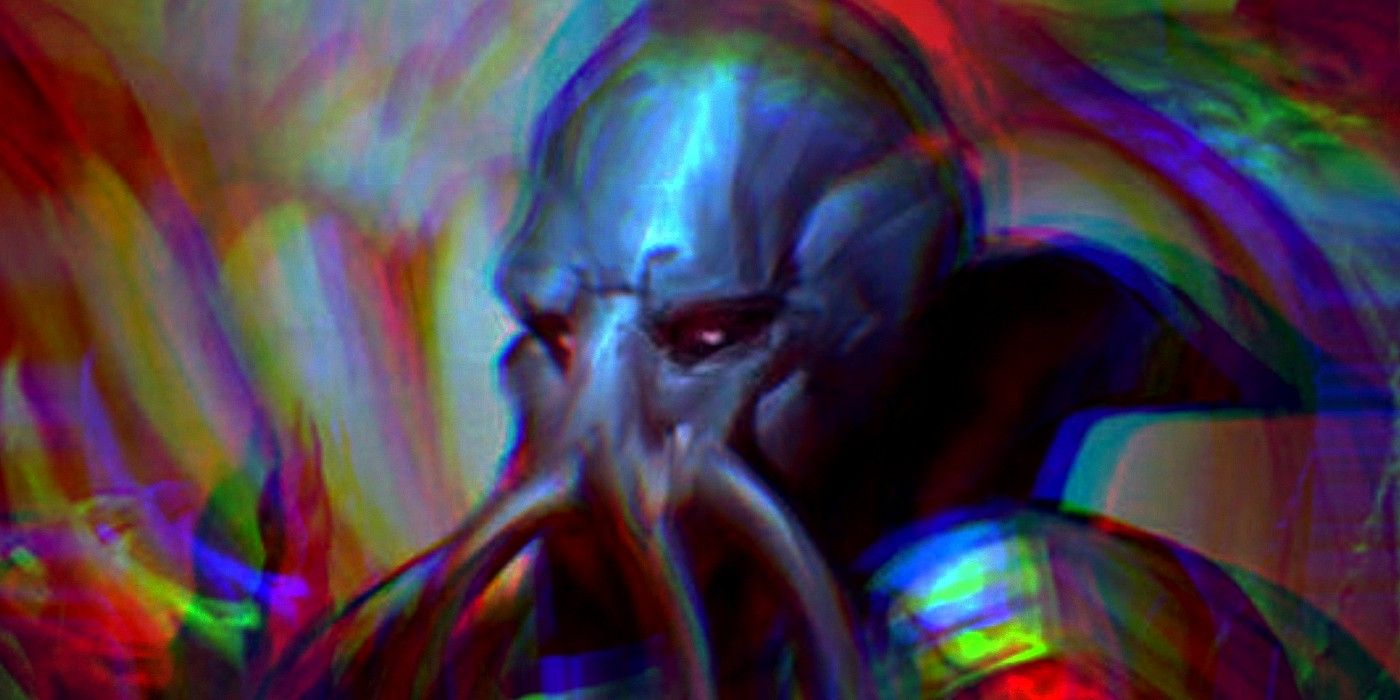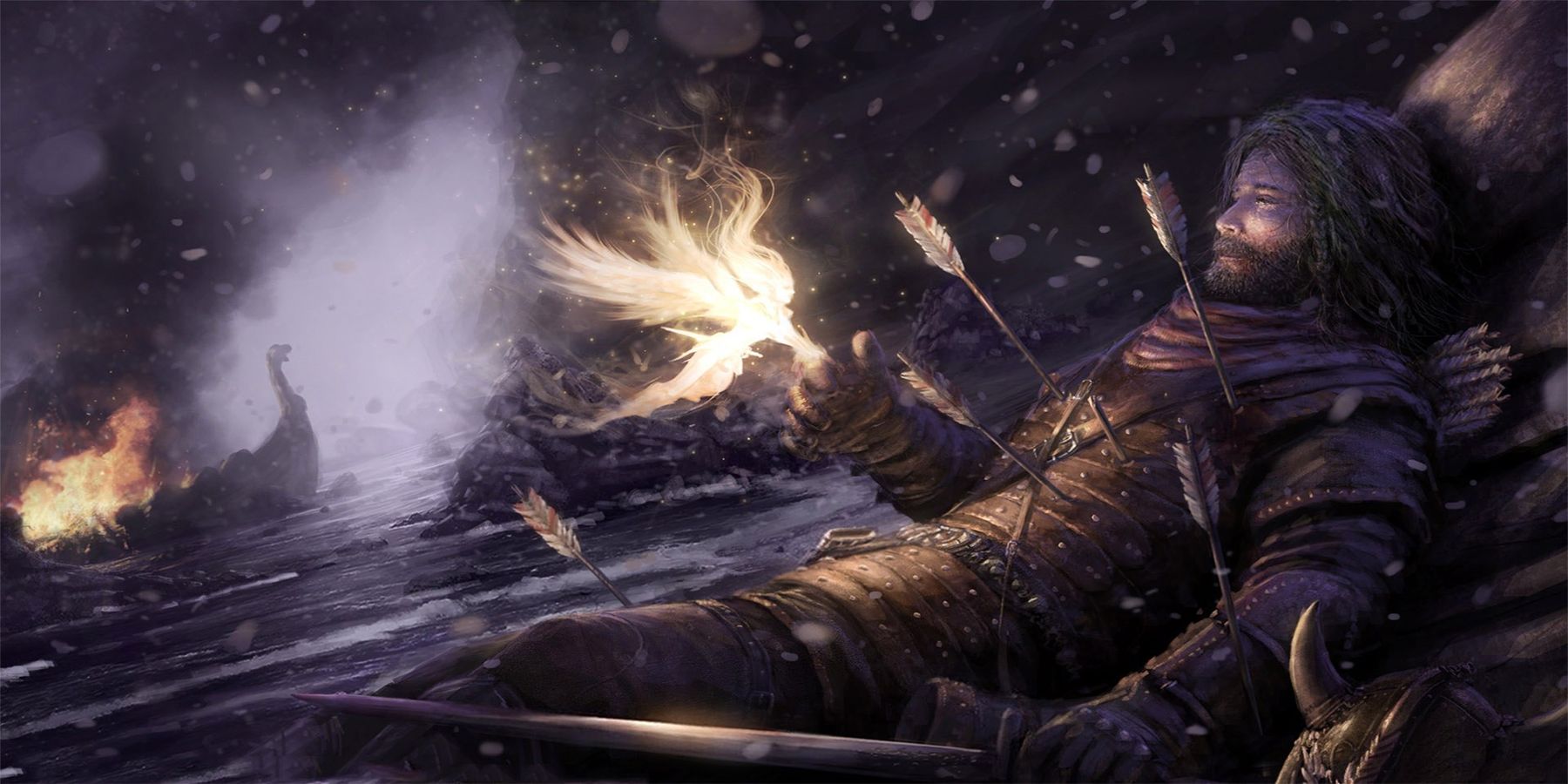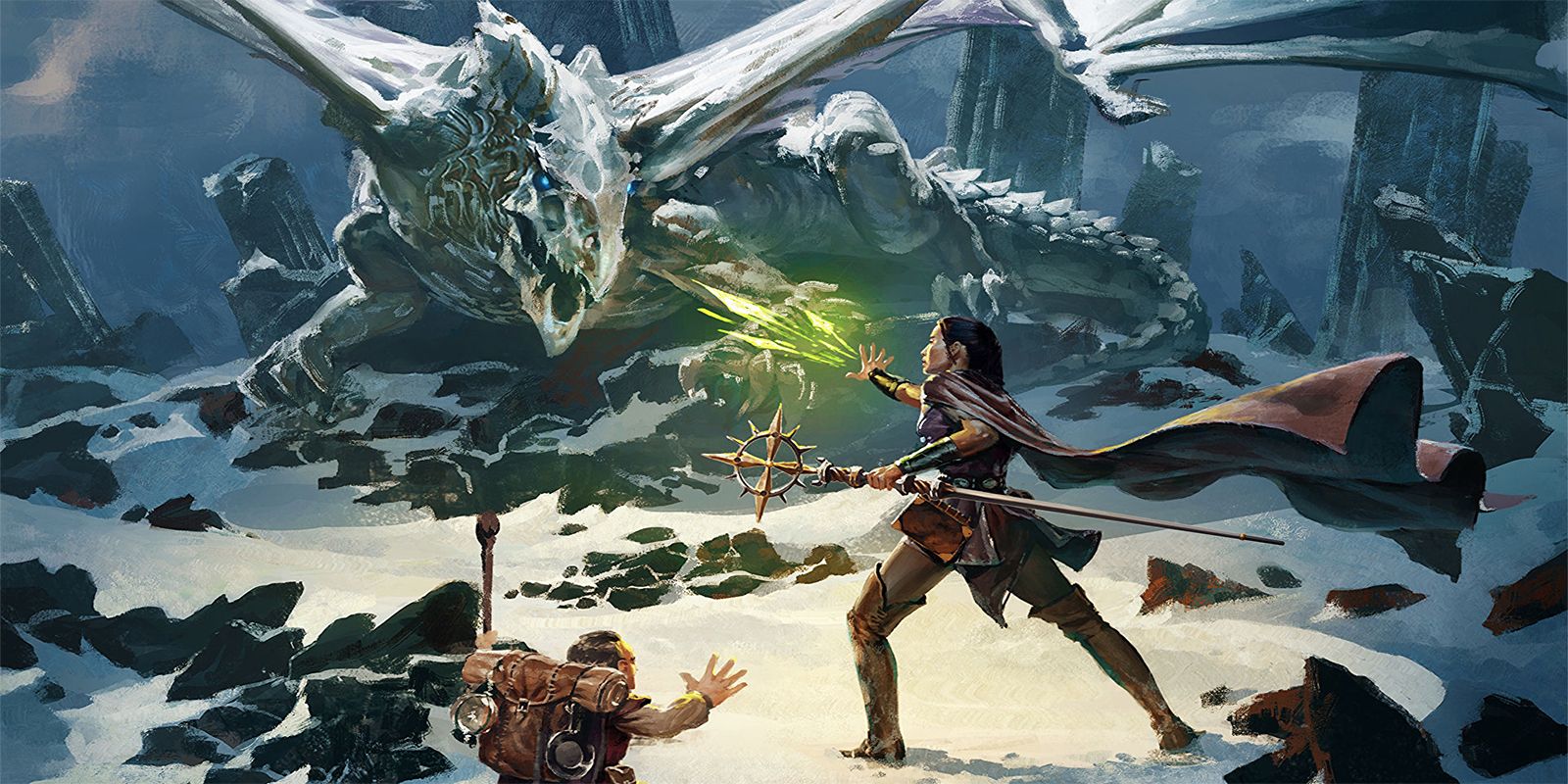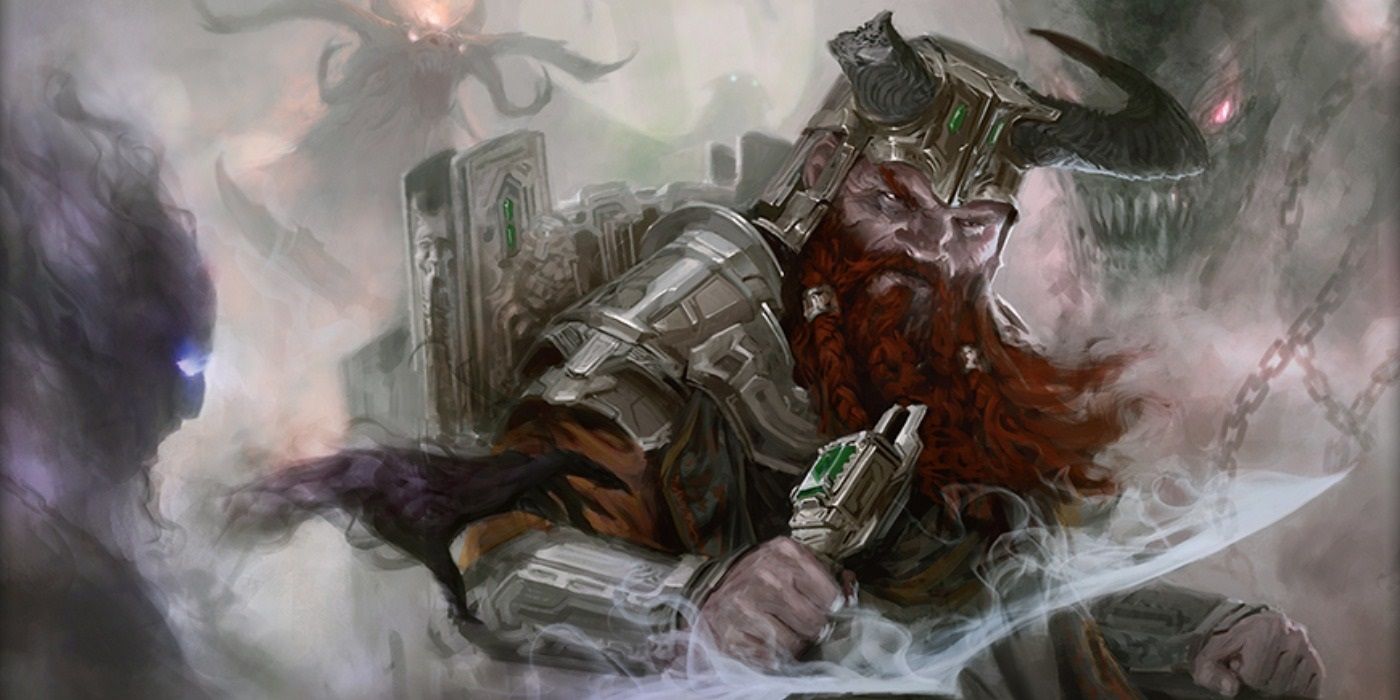Dungeons & Dragons: Honor Among Thieves
Dungeon Masters have been sew the rules ofDungeons & Dragonsto suit their worlds since the tabletop RPG was first created . Bending or changing thing up has always been encouraged by the nous behindD&D.Even Gary Gygax , one of thecreators ofDungeons and Dragons , delivered his opinion on rulemaking in the originalDungeon Master ’s Guideby enounce , " It is the life of the game , not the alphabetic character of the rule which is significant , " and DM everywhere have occupy that statement to heart . Using theD&Drulebook as a guideline , many fresh unofficial group rulesets and mechanics have been created to make the conjunct role playing experience more fun for those at the tabular array .
Mechanics not include in officialDungeons and Dragonsmaterials are traditionally considered " homebrew " materials . These custom alteration to the game are normally tailor to the playstyle of the tabular array . SomeD&Dgroups prefer a more grimdark style of turn , and introduce confinement that make it harder to survive . Others enjoy something more blithesome and illusion based for theirDungeons & Dragonscampaigns . Dungeon Masters can pick and choose what they want to incorporate or exclude .
Related : Two More Classic D&D preferences Are occur Back After Ravenloft

Each homebrewDungeons & Dragonsrule looks to shake up the experience in a different way . Some fake rules convert the secret plan in little ways , while others change fundamental shop mechanic ofD&D. That ’s the unique draw ofDungeons and Dragons ; the humanity can be changed in any fashion players see fit .
Homebrew D&D Rule: DM Rolls Death Saving Throws
Having the DM roll death saving throw for unconscious player characters inDungeons & Dragonsadds an air of uncertainty to the legal action . Under normal portion , the players themselves will wrap to see their character ’s fate . Placing this burden on the DM changes the dynamic of combat entirely . Players are no longer capable to plan around knowing when a graphic symbol is close to death via expiry saves ; the radical now has to either prioritize reviving cut down party members in care of the unknown or risk the death of a character . Combine this with other homebrewD&Drules likeCritical Role’shouse rules onresurrection , and party will truly fear destruction .
Homebrew D&D Rule:Spell Slots For Exhaustion Levels
The magic wielding course of instruction ofD&Dare restrain by their number of spell slots , but this formula change adds an interesting trade off for those ply on arcane exhaust . Under this change , character with no spell one-armed bandit remaining can choose to gain exhaustion levels based on what spell they want to purge . NowDungeons & Dragonsspellusers have a choice ; do they proceed to use cantrips and hope that the battle ends in their favor , or do they take a chance damaging their own bodies to plug victory ? This can even be used as a final heroical moment for characters who are all but gone ; a heroic role player could use powerful spell to try and assist their party with fantastically powerful conjuring trick , but at the cost of their character ’s life .
Homebrew D&D Rule:Max Weapon Damage on Crit
The random nature ofDungeons & Dragons’dice rollscan make vital hits find underwhelming at times . This alteration makes it so damage on a innate 20 is more consistent . Rolling double the die on a crit is replaced by a weapons doing maximal damage . For example , if a character is wielding a greataxe , they ’d hit for 12 damage plus proficiency and any other bonuses .
change upD&D’srules is only one of the myriad of way that a Dungeon Master can zest up a dark at the roleplaying table . This is by no means a comprehensive list ; its a start to help get the imagination going for diabetes mellitus and histrion likewise . That ’s the stunner of a plot likeDungeons and Dragons - people get to come together to make the biz their own .
Next : Weirdest D&D Feats For Niche Character Builds




